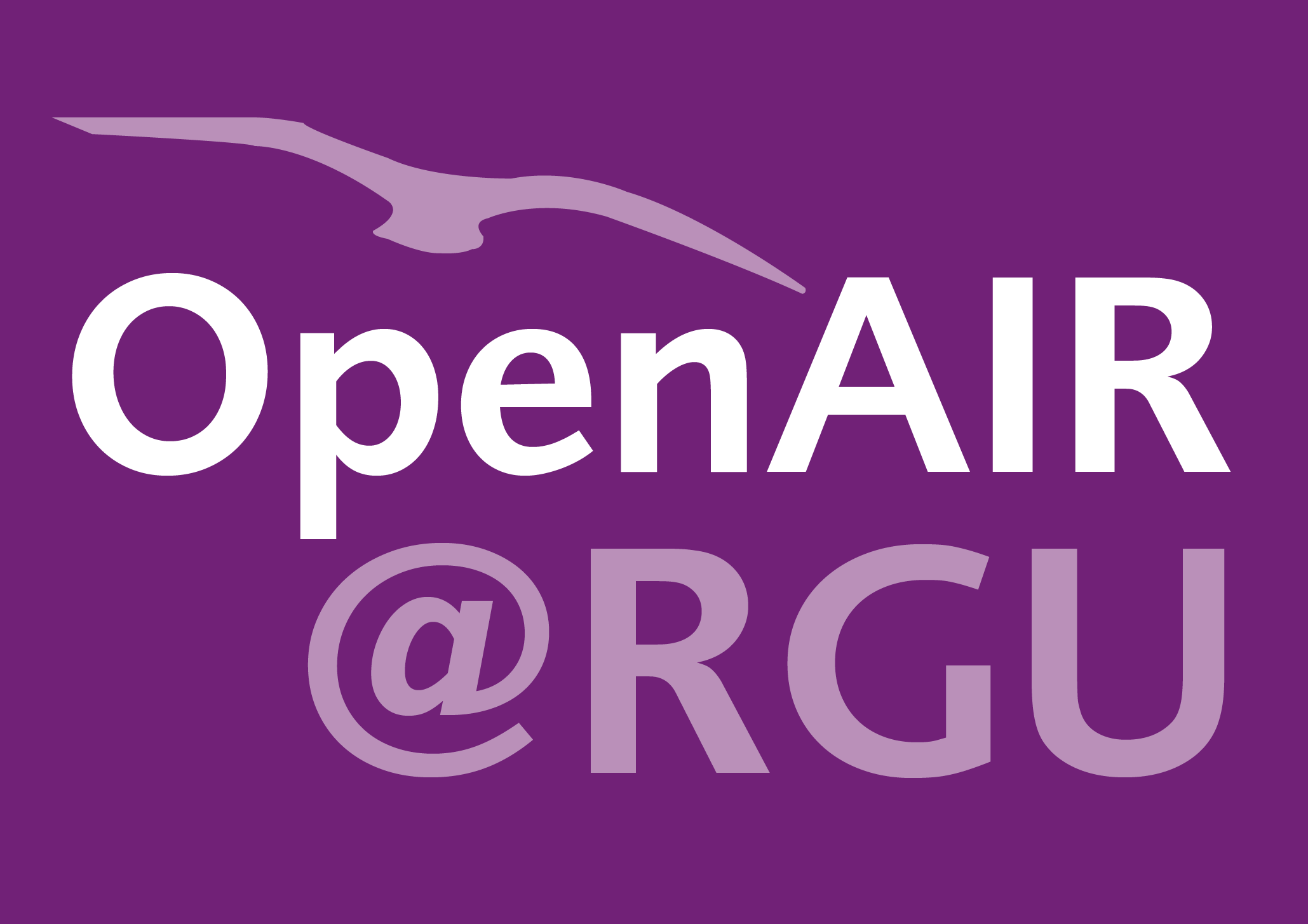John W. Jamieson
Signal processing techniques for on-line partial discharge monitoring of high voltage electrical machines.
Jamieson, John W.
Authors
Contributors
Stewart J. Chalmers
Supervisor
David G. Edwards
Supervisor
Abstract
Large alternating current electrical machines are found everywhere in modern industry. Traditionally, electrical plants have been highly reliable, primarily because the complexity of their electrical design means that they are generously over-rated. However, modern rotating electrical machines are now designed to stricter specifications and,in addition to this, there is a strong economic incentive to continue running older machines (with relatively good thermal efficiency) up to and beyond their original design lifetimes. It is therefore not surprising that modern rotating plants experience a small but significant number of faults, which eventually lead to failures and subsequent loss of availability. One cause of machine failure is insulation breakdown of the stator winding. This can happen gradually and can be characterised by an increase in partial discharge activity over time. This activity can be measured using a well-documented, non-invasive technique. However, current analyses rely on experts visually interpreting results, and making judgements based upon their knowledge and experience. This work describes a completely new approach to the analysis of partial discharge data. A high speed analogue and digital electronic system was specified, designed and developed, which is capable of directly digitising the partial discharges with an extremely short duration. Modular software routines were designed to control the electronics and display the digitised information for analysis. Additional software analysis routines were developed to process the discharge information over time. A completely new technique was devised to enable the removal of interference signals from the monitored data, which could otherwise prevent accurate analysis of partial discharge severity. Different methods are investigated in order to measure the frequency content of partial discharges. This had never been attempted before, primarily due to the lack of suitable technology. Finally, a suitable frequency analysis algorithm was developed and applied to experimental data, in order to investigate the feasibility of using the frequency content of partial discharges to ascertain their inception point within the stator winding.
Citation
JAMIESON, J.W. 1994. Signal processing techniques for on-line partial discharge monitoring of high voltage electrical machines. Robert Gordon University, PhD thesis. Hosted on OpenAIR [online]. Available from: https://doi.org/10.48526/rgu-wt-1584896
| Thesis Type | Thesis |
|---|---|
| Deposit Date | Feb 3, 2022 |
| Publicly Available Date | Feb 3, 2022 |
| Keywords | Electrical engineering; Rotating machines; Partial discharge activity |
| Public URL | https://rgu-repository.worktribe.com/output/1584896 |
| External URL | https://doi.org/10.48526/rgu-wt-1584896 |
| Award Date | Mar 26, 1994 |
Files
JAMIESON 1994 Signal processing techniques
(6.8 Mb)
PDF
Licence
https://creativecommons.org/licenses/by-nc/4.0/
Copyright Statement
© The Author.
Downloadable Citations
About OpenAIR@RGU
Administrator e-mail: publications@rgu.ac.uk
This application uses the following open-source libraries:
SheetJS Community Edition
Apache License Version 2.0 (http://www.apache.org/licenses/)
PDF.js
Apache License Version 2.0 (http://www.apache.org/licenses/)
Font Awesome
SIL OFL 1.1 (http://scripts.sil.org/OFL)
MIT License (http://opensource.org/licenses/mit-license.html)
CC BY 3.0 ( http://creativecommons.org/licenses/by/3.0/)
Powered by Worktribe © 2025
Advanced Search
